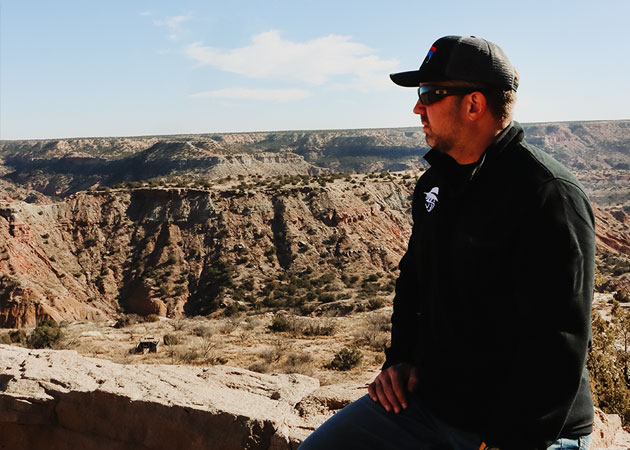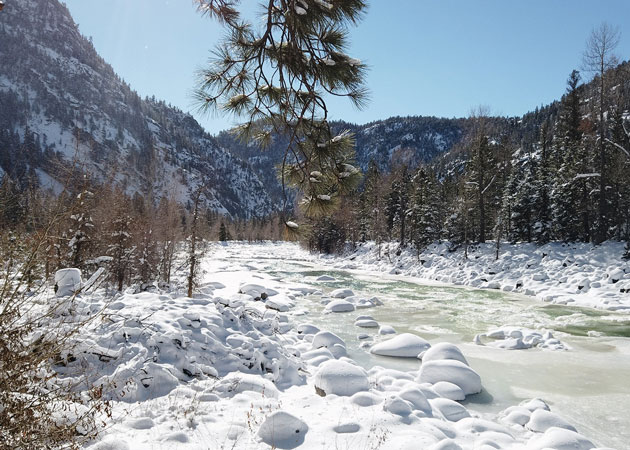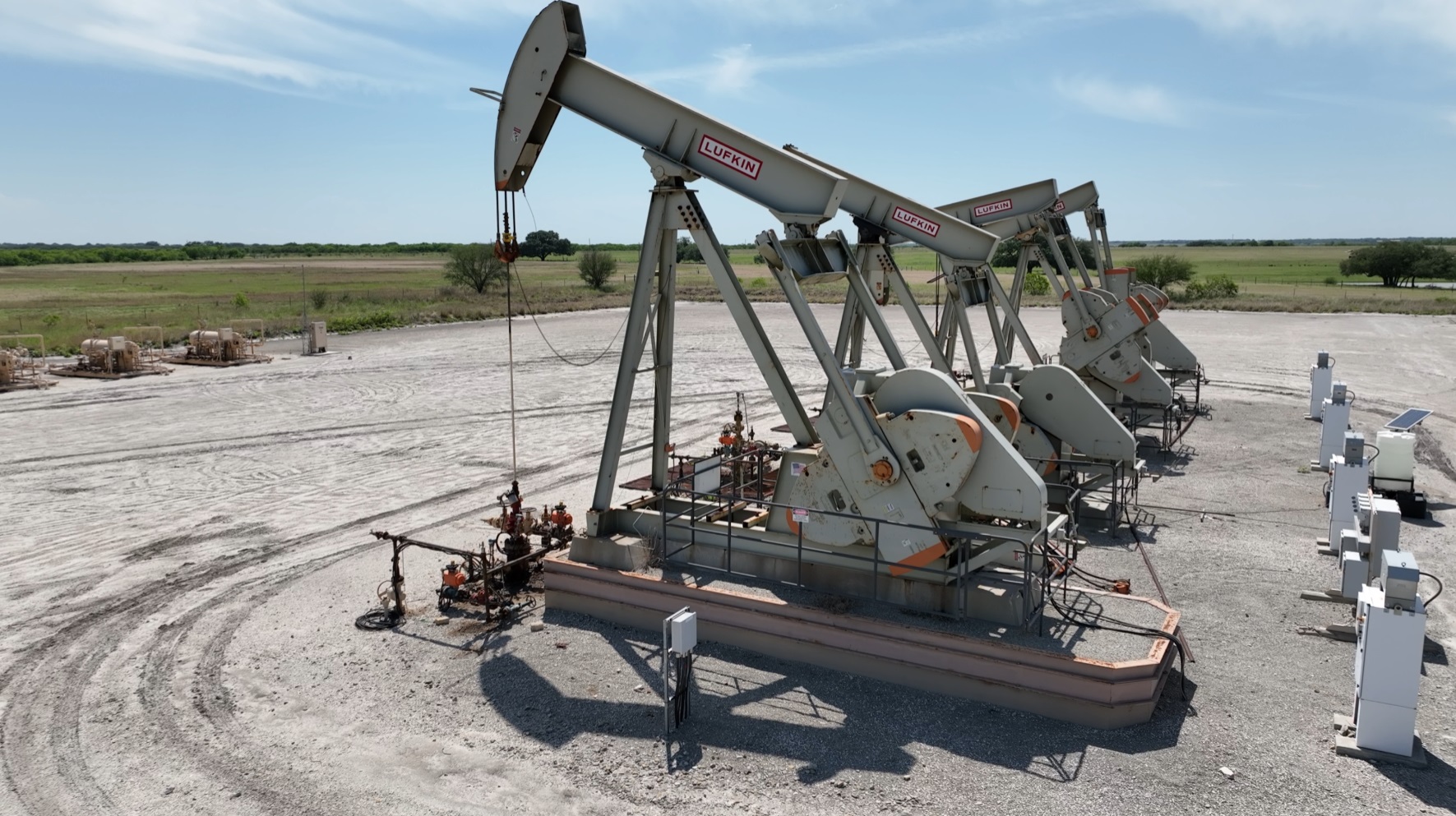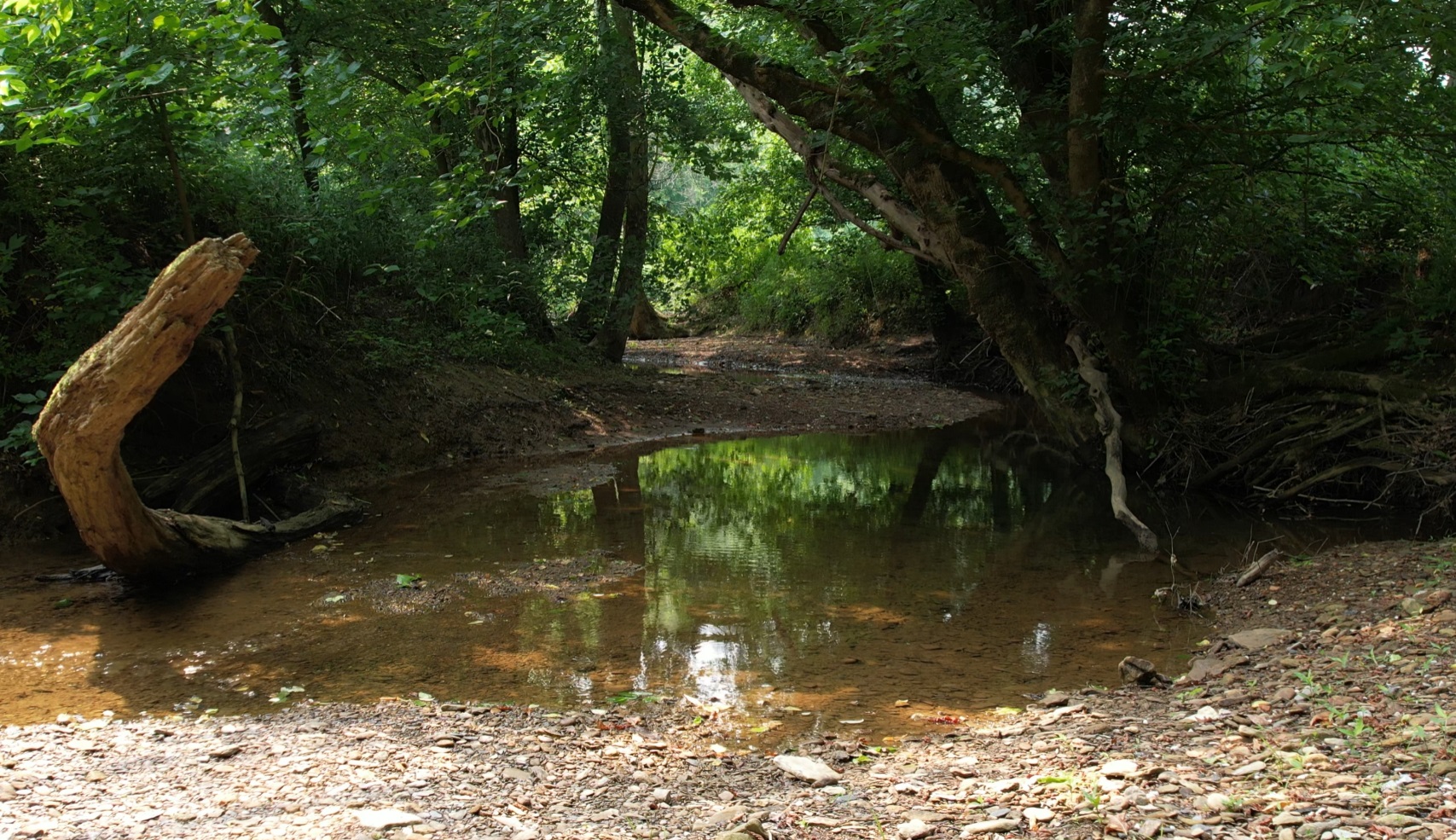Ranching is no walk in the park.
In fact, when it’s time to expand and diversify, their #1 hurdle is…
Understanding ranching.
Many are uninformed regarding how to efficiently operate a ranch. But this is what separates the hobby farmer from the ranch owner. However, if you don’t know how to run a ranch efficiently, you’ll never reach this level.
Navigating through ranch management can be tough folks.
Consider one aspiring rancher who recently shared that as soon as he bought his first cattle… they all fell ill due to poor grazing practices.
Now he’s hesitant about investing again, not to mention worried he’ll never achieve his dream of owning a successful operation in ranching.
No
Table of Contents:
- Location Considerations in Buying a Ranch
- Access Issues in Purchasing a Ranch Property
- Title Verification Process When Buying A Ranch
- Water Resources Management For Your New Ranch
- Deciphering Mineral Rights During Ranch Acquisition
- Conservation Values And Their Impact On Property Value
- Unlocking Recreational Opportunities on Your Prospective Ranch
- Conclusion
Location Considerations in Buying a Ranch
The value and potential of your future ranch are greatly influenced by its location. Factors such as elevation, weather conditions, vegetation, water availability, price per acre, and topography can affect productivity of the land for cattle or goat ranching activities and how much it appreciates over time.
Evaluating Land Topography
An understanding of the terrain is key when considering buying a ranch. The lay of the land will dictate what agricultural practices you can employ on your property; flat lands like in South Texas might be ideal for crop production while hilly such as the Texas Hill country areas could lend themselves to grazing livestock like early Texas cattle grazers did.
In addition to influencing farming methods, topography also impacts drainage patterns which have direct implications on soil health – crucial for plant growth that directly influences yield rates in smaller pastures. Hence, one must familiarize oneself with local soil types along with their water retention capacities before making an investment decision.
Weather Conditions Impacting Ranch Operations
Your chosen region’s climate plays an integral role in determining what crops you can grow there. Weather considerations affect everything from planting schedules to pest control strategies. It’s therefore important that historical weather data forms part of your research prior to investing into any property; this helps plan farm operations efficiently thus maximizing yields whilst minimizing losses due to adverse climatic events. Areas prone to frequent droughts and floods require additional infrastructure investments (like reservoirs and drainage systems) to ensure smooth functioning all year round – always factor these costs when evaluating potential properties.
Potential For Crop Production
A profitable operation hinges upon the suitability of the area under consideration for crop production. Soil fertility levels, availability of water resources, and sun exposure play significant roles here.
If certain specific crops or breeds of livestock form part of your plans, then ensuring compatibility with the selected area becomes of paramount importance.
Remember, successful agriculture requires careful planning based on accurate knowledge about the available resources at hand.
Thus, choosing the right location indeed lays the foundation for a prosperous and thriving ranch operation that can build itself over time.
Key Takeaway:
In ranching, location is king. Understanding the land’s topography and local climate can dictate your farming methods and crop choices. Always consider soil health, water retention capacities, weather patterns, and infrastructure needs before investing in a property for maximum profitability.
Access Issues in Purchasing a Ranch Property
In the world of ranching, whether it’s cattle or any livestock, access is a pivotal consideration when purchasing property. This includes understanding the legal rights or easements to your land and considering its proximity to transport routes.
Legal Access Rights Explained
‘Legal access’ refers to your right as a potential owner to enter and leave your ranch without trespassing on another person’s territory. If you’re looking at Texas ranches or any ranch that don’t border public roads, for example, an easement from neighboring properties might be necessary.
Easements are vital agreements granting permission for specific use of someone else’s land – especially crucial if you’re eyeing up remote grazing lands far from public roadways. Ensuring these arrangements are clearly defined legally before making any purchase can prevent future disputes related to early ranchers’ territories.
Importance of Proximity to Transport Routes
Ranches near major transportation routes offer significant advantages over more isolated locations; think easier delivery services such as feed supply or veterinary care – both critical aspects in managing livestock industry operations like handling cattle numbers effectively.
Beyond practicality, though, lies profitability: close proximity could attract visitors interested in recreational activities such as hunting or fishing, which increases not only personal enjoyment but also enhances overall land value. However, their viability depends upon natural elements present within the chosen property. The perfect location balances convenience with tranquility; too distant could mean logistical challenges while being too close may compromise the peaceful enjoyment intrinsic within cowboy culture history. (source)
Title Verification Process When Buying A Ranch
When stepping into the world of cattle ranching or goat ranching, one cannot overlook the importance of a clean title. This is an essential part of your investment in Texas ranches and other locations across North Texas to South Texas.
Steps Involved In Title Verification
The journey towards owning your dream piece of grazing land begins with conducting a thorough title search. Like early ranchers scouting for prime cattle grazed lands, you’ll need to sift through public records for any potential hitches such as liens or unpaid taxes that could disrupt your cowboy culture dreams. This is why we recommend using a title company when buying a ranch.
If these issues arise during this process, don’t saddle up just yet. You may need to resolve them before moving forward – whether it’s settling debts tied to the property or negotiating terms with claimants on it.
In addition, consider securing title insurance. It might not be as exciting as driving cattle across wide-open spaces, but having this protection against future claims over ownership can save you from unexpected hurdles down the line after closing deals on smaller pastures or larger estates alike.
Dealing With Encumbrances On Titles
An encumbrance is akin to barbed wire fencing around parts of your western part territory – limiting full use and enjoyment rights due to its legal implications like mortgages, easements, liens, etc. These factors play significant roles when investing in the livestock industry, especially within the Big Bend region where vast open landscapes are common.
Apart from understanding how they work while buying properties, dealing appropriately also involves strategizing solutions if discovered during the verification phase. Some encumbrances like utility easements are often seen in rural areas, whereas others tax-related ones should ideally be resolved by previous owners at closure time.
Your real estate attorney and real estate agent play a vital role here, guiding through resolution, ensuring clear transfer of ownership without hindrances, making a smoother transition into regenerative practices post-purchase period.
Key Takeaway:
Before you ride off into the sunset with your dream ranch, ensure a clean title by sifting through public records for any liens or unpaid taxes. Consider securing title insurance to protect against future ownership claims and deal appropriately with any encumbrances found during verification. A real estate attorney can guide this process smoothly, paving the way for regenerative practices post-purchase.
Water Resources Management For Your New Ranch
A successful ranching operation heavily relies on effective water management. This includes not only the availability of water for livestock and crops but also well-established legal rights to access this crucial resource. For cattle ranchers this is a critical category.
Importance Of Established Water Rights
In areas such as Texas, North Texas, or South Texas where aridity is common, securing established water rights can make a significant difference when buying land for cattle ranching. These entitlements give you lawful permission to use certain amounts of water from specific sources like rivers or groundwater reserves. Such permissions are essential in ensuring your operations run smoothly without any disputes over shared resources with neighboring properties.
The procedures involved in obtaining these rights vary by state law; some follow riparian laws granting automatic usage right if your property borders a body of water while others adhere to prior appropriation principles that prioritize those who first used the source regardless of their location proximity.
Managing Water Resources Effectively
To manage your new ranch’s resources effectively begins with determining how much water will be needed based on factors including herd size (whether it’s goat farming or cattle numbers), type of crop production, and local weather conditions prevalent in western parts like the Big Bend area. Once you have an estimate, consider implementing regenerative practices such as rainwater harvesting systems which help conserve external supply and promote sustainability within grazing lands.
An important part here involves monitoring consumption levels regularly using tools so deviations from expected patterns can be promptly addressed before they escalate into serious issues affecting productivity. It’s all about maintaining a balance between preserving natural elements present within the chosen property while maximizing returns through activities like fishing, hunting, etc., thereby enhancing overall land value. Remember: every drop counts.
Existing Water on Property
Whether it’s water wells, city water, streams, or even ponds it is vital that a buyer reviews all of aspects of the water systems including testing, the layout, and quality of the water. Link to Texas water rights – LINK
Key Takeaway:
For profitable ranching, effective water management is key. This involves securing established water rights, understanding your needs based on herd size and crop type, and implementing sustainable practices like rainwater harvesting. Regular monitoring helps address issues promptly – remember: every drop counts.
Deciphering Mineral Rights During Ranch Acquisition
In the vast world of ranch buying, it’s not just about owning the rolling grasslands and mountain views. It extends beneath your feet to a treasure trove that can significantly impact your investment – mineral rights.
The potential of valuable minerals, like oil, gas, gold and silver existing on your land could add considerable worth to the property. But how do you go about identifying these potential assets?
Digging Deep: Unearthing Valuable Minerals On Your Land
You don’t need a pickaxe for this type of digging. A professional geologist, mining engineer, landman would be able to provide an accurate assessment using specialized tools and techniques. They’ll consider factors like market demand for these minerals along with ease of extraction while evaluating their economic value.
- A thorough geological survey will identify any potentially valuable resources buried underneath.
- Economic feasibility studies help understand if extracting these resources is viable from both financial and environmental perspectives.
Navigating Legalities: Securing And Managing Mineral Rights
- If lucrative minerals are identified underfoot, securing ownership over them becomes crucial before finalizing purchase negotiations. This ensures you’re investing in more than just grazing lands but also into subsurface wealth generators. Remember, early ranchers often retained their mineral rights even after selling off surface lands, especially within cattle grazed regions across North Texas & South Texas areas including King Ranch & Big Bend region.
- To manage acquired mineral rights effectively, leasing out extraction operations might seem tempting due to its high-income generating prospects; however, it comes with drawbacks such as disruption caused by drilling activities impacting the peaceful cowboy culture associated with traditional cattle industry practices.
- Maintaining control over resource extractions provides greater oversight but requires technical expertise plus additional time commitment. Hence, legal professionals specializing in real estate law should ideally guide through complexities related to contract structuring, ensuring maximum protection against future disputes arising from subterranean activities on purchased western part Texas properties where smaller pastures hide immense underground treasures waiting for discovery.
- A landman is always recommended to hire to verify the mineral estate and what will possibly be conveyed when buying a ranch.
- Link to Texas mineral rights – LINK
Key Takeaway:
When buying a ranch, don’t just look at the surface. Dig deeper to unearth potential mineral wealth that could significantly boost your investment. Secure these rights before closing the deal and consider professional guidance for managing extraction operations effectively.
Conservation Values And Their Impact On Property Value
The natural beauty and biodiversity of a well-conserved ranch can greatly increase its appeal. Ranchers, or those looking to become one, should consider the value that comes with preserving scenic landscapes and diverse wildlife on their property.
Role Of Scenery And Wildlife In Enhancing Property Value
A ranch’s topography plays an important role in determining its market price. For instance, properties overlooking mountain ranges or lakes tend to be more valuable compared to those located on flat terrain.
In addition to scenery, the presence of varied species also positively impacts land valuation. Properties teeming with different types of animals not only offer rich biodiversity but potential recreational opportunities like hunting or bird watching as well.
Benefits Of Participation In Conservation Programs
Participating in conservation programs has tangible benefits beyond just increasing your property’s worth.
- Tax incentives: Many states provide tax breaks for landowners who engage in conservation easement agreements which restrict certain types of development while maintaining the ecological integrity of your land.
- Funding support: Collaboration with environmental organizations interested in conserving critical habitats could result in additional funding for managing these areas effectively.
Moreover, integrating regenerative practices into operations – from grazing management strategies promoting soil health to reforestation efforts aimed at restoring native plant communities – is essential.
Indeed, recognizing and capitalizing on conservation opportunities can lead to a more profitable and sustainable ranching business.
Unlocking Recreational Opportunities on Your Prospective Ranch
The allure of ranch ownership extends beyond the scope of the cattle industry or grazing lands. It encapsulates a lifestyle intertwined with nature, offering unique recreational opportunities that not only heighten personal enjoyment but also boost property value.
Determining Potential for Recreation Based on Natural Elements
A prospective ranch’s topography and ecosystem significantly influence its suitability for various recreational pursuits. From water bodies fostering fishing adventures to forested areas providing hunting grounds, each element contributes uniquely towards shaping the overall experience.
Ranch terrain plays another crucial role in determining recreation potential; rolling hills might be perfect hiking trails while flat grasslands could make excellent horseback riding spots. The presence of wildlife further enriches these experiences by adding a touch of wilderness charm.
Hunting wildlife related to outfitting or leasing a ranch can be a lucrative opportunity if managed correctly. This includes managing exotics for the resale and giving the opportunity to hunt them.
Leveraging Recreation To Boost Property Value And Generate Income
Beyond just serving as avenues for leisurely pursuits, well-planned and maintained recreational facilities contribute significantly towards enhancing market appeal and boosting land value. A network of scenic hiking trails or stocked fishing pond may prove irresistible draws for future buyers interested in such features.
In addition to this direct impact on property worth, there are indirect benefits too. Collaborating with local tourism agencies or arranging guided tours can provide additional income streams whilst simultaneously promoting sustainable practices prevalent within today’s livestock industry.
Navigating Regulatory Landscape For Recreational Activities On Your Ranch
To successfully incorporate recreation into your ranch operations requires careful navigation through certain regulations along with obtaining necessary permits. This is particularly relevant if you plan any public access points onto your land.
Hunting seasons come under strict regulation which must be adhered to should you allow hunting activities on your premises. Understanding these rules upfront helps ensure smooth operation without running afoul legal requirements.
Key Takeaway:
Ranching isn’t just about cattle; it’s a lifestyle that offers recreational opportunities, boosting both personal enjoyment and property value. The natural elements of your ranch can shape these experiences, from fishing to hiking. Additionally, well-planned recreational facilities can increase market appeal and provide additional income streams. However, be aware of necessary permits and regulations for public access and hunting activities
Conclusion
Location matters in ranching. It’s all about the right elevation, weather, and topography.
Access is crucial. You need legal rights and transport routes to thrive.
Title verification can’t be overlooked. Avoid future disputes with clean title ownership.
Water resources are vital for agriculture and recreation on your ranch. Understand their importance during purchase negotiations.
Evaluate mineral rights before purchasing land; they add significant value to your property.
The presence of wildlife enhances the overall value of a ranch while participation in conservation programs benefits both you and nature alike.
Your chosen property should offer recreational opportunities like fishing or hiking that increase its worth as well as personal enjoyment levels.
If you’re ready to dive into profitable ranching, consider exploring more at [website]. Discover our comprehensive guides on everything from history, management strategies to real estate aspects related specifically to successful ranch operations.








